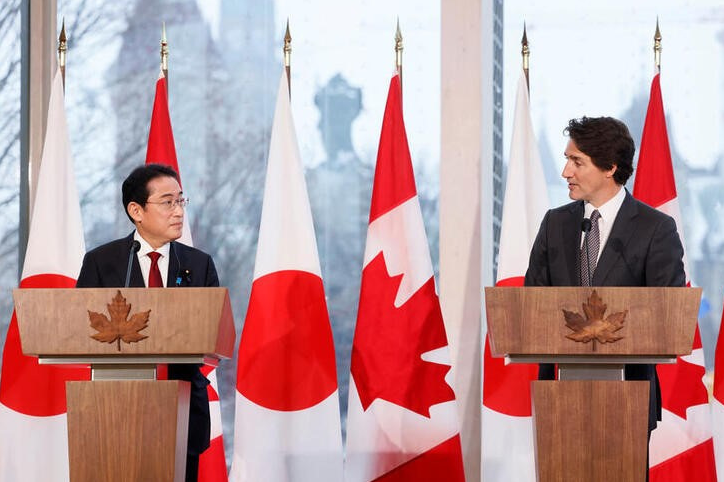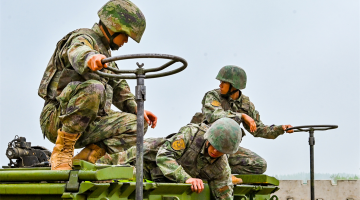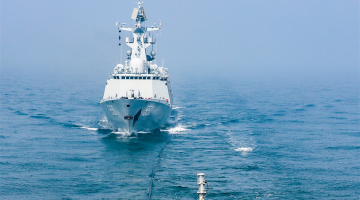
Japanese Prime Minister Fumio Kishida recently visited five of the G7 members and took a series of steps to carry out military cooperation with them. Such cooperation should be conducive to deepening the mutual understanding, mutual trust and cooperation among the countries rather than to creating “imaginary enemies”, much less to introducing the old “bloc confrontation” mindset to the Asia Pacific.
Japan is the current G7 chair and the rotating chair of the UN Security Council in January. Such a precious opportunity for Japan to demonstrate to the international community its sincerity in promoting world peace and development has nevertheless been wrongfully used by it to hype up the so-called “China threat theory”. In recent years, Japan has stubbornly linked many of China’s normal activities with this theory and kept harping on the same old tune on various bilateral or multilateral occasions. However, as its peddling of this fallacy has never stricken a chord among the Asian Pacific countries, now it is trying to find a new audience among the G7 members.
It’s worth noting that Kishida has tried to bring NATO to engage in Asian Pacific affairs on this trip. The countries he visited – France, Italy, Britain, Canada and the US – are members of both G7 and NATO. Tokyo and Paris agreed to hold their “two plus two” meeting among foreign ministers and defense ministers in the first half of this year; Tokyo and London signed the Reciprocal Access Agreement (RAA) allowing them to deploy troops in each other’s land, the second of its kind after the one signed with Australia; Tokyo and Washington agreed to intensify military ties, upgrade the US military’s presence in Japan, and cooperate to effectively employ the “counterattack capability”. The US will significantly increase its anti-ship missile capability in Japan and plans to restructure its troops in Okinawa into the marine littoral regiment. CNN reported that the series of moves by Japan and the US were aimed to send a strong signal to China and deter it, and they unequivocally revealed Japan’s intention of embroiling NATO into Asian Pacific affairs.
Both the hype of the “China threat theory” and the overtures to NATO are just excuses fabricated by Japan to break through its Pacifist Constitution and pave the way for military expansion. In December 2022, the Japanese government revised and passed three documents, including the National Security Strategy, which not only labeled China as the greatest strategic challenge but also decided to increase the national defense budget to 2% of GDP in 2027 to be in step with NATO countries. This implies a fundamental shift in the “exclusively defense-oriented policy” that Japan has been upholding for a long time since the end of WWII. History has repeatedly taught us the lesson that a security outlook based on imaginary enemies would never bring peace and security, but only aggravate conflicts and create more tension and confrontation.
The Asian Pacific region is a highland of peace and development, not an arena for the geopolitical game. Its fast economic growth in the past decades is attributed to a peaceful and stable environment. As the world economic recovery is facing various challenges, global supply chain and industry chain are seriously impacted, and food and energy security and other complex and severe issues are threatening humanity, what the Asian Pacific countries are wishing for is peace and development, prosperity and stability. Also being an Asian Pacific country, Japan should know very well that any action against the trend of the time and detrimental to the general interests of regional countries is doomed to fail.
Editor's note: Originally published on opinion.haiwainet.cn, this article is translated from Chinese into English and edited by the China Military Online. The information and opinions in this article do not necessarily reflect the views of eng.chinamil.com.cn.









